-

SHOCKING LIVE TV MOMENT: Dan Orlovsky CAUGHT ON CAMERA in an unblinking stare at Laura Rutledge during the broadcast. Fans are SPEECHLESS!
SHOCKING LIVE TV MOMENT: Dan Orlovsky CAUGHT ON CAMERA in an unblinking stare at Laura Rutledge during the broadcast. Fans…
-

HBO’s blockbuster Tangled is on the brink of a major crisis as Francesca Amewudah-River threatens to walk away immediately unless J.K. Rowling issues a public apology for her recent controversial remarks. A petition demanding the removal of the author and executive producer has already gathered over 47,000 signatures, escalating pressure on the entire project. Amid the storm, an unexpected move by J.K. Rowling has ignited the controversy, making it hotter than ever before.
HBO’s blockbuster Tangled is on the brink of a major crisis as Francesca Amewudah-Rivers threatens to walk away immediately unless…
-

Sex And The City star secretly married for the fourth time to a boyfriend 15 years younger
Accordingly, this is the fourth marriage of the Sex And The City star. According to international media such as People…
-

Jennifer Lopez removes Ben Affleck’s name tattoo after divorce
Singer Jennifer Lopez covered up the word ‘Ben’ with a hummingbird tattoo after finalizing her divorce earlier this year. J.Lo…
-
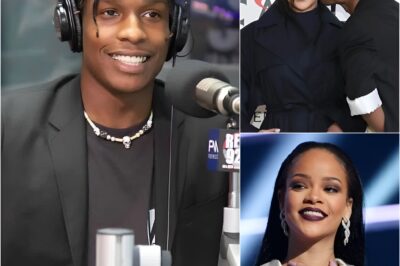
She deserves everything good in the world, and I will make sure with my whole life that she knows it. When I saw Rihanna give birth to our daughter, I suddenly realized that no glorious stage, no light could compare to that moment – when my heart stopped and then woke up with the first cry of my child. In the quiet room, all words were unnecessary. I just knew to be there, gently wiping her tears, coaxing her to calm down, letting her hold my hand so tightly it hurt. She gave me the greatest gift. And at that moment, I swore to myself that I would love and protect both mother and child until my last breath. Music gave me fame, but this is true happiness. My little family. My peace. Forever…
She deserves everything good in the world, and I will make sure with my whole life that she knows it….
-
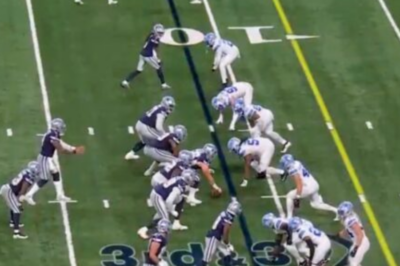
NFL OFFICIATING IN SHAMBLES: Watch the moment refs STOLE a historic Lions win from Jared Goff with a call so bad it left the entire league in disbelief.
NFL OFFICIATING IN SHAMBLES: Watch the moment refs STOLE a historic Lions win from Jared Goff with a call so…
-

BREAKING: CeeDee Lamb’s season may be OVER after a shocking Cowboys injury update. This changes everything.
BREAKING: CeeDee Lamb’s season may be OVER after a shocking Cowboys injury update. This changes everything. In a concerning development…
-

Rory McIlroy, Scottie Scheffler, Tommy Fleetwood, Ben Griffin nominated for PGA Tour’s 2025 Player of the Year award
The PGA Tour has announced Scottie Scheffler, Rory McIlroy, Ben Griffin and Tommy Fleetwood on its shortlist for Player of…
-

Elon Musk’s X fined 120 million euros by EU
Elon Musk’s X fined €120m by EU in first clash under new digital laws Ruling likely to put European Commission…
-

Lucy 2: Reawakening– First Trailer (2026) | Scarlett Johansson, Morgan Freeman | Concept Trailer
REAWAKENING, imagining Scarlett Johansson returning as Lucy in a mind-bending continuation of the 2014 sci-fi phenomenon. This imagined sequel explores…
-
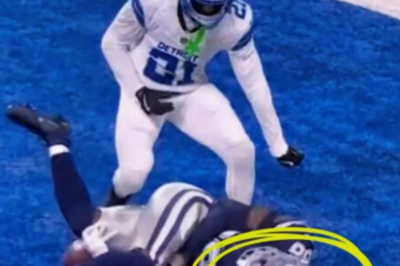
VIDEO: Chilling slow-motion captures the terrifying exact moment CeeDee Lamb’s head trauma triggers the disturbing ‘fencing response’ on TNF. You have to see this.
VIDEO: Chilling slow-motion captures the terrifying exact moment CeeDee Lamb’s head trauma triggers the disturbing ‘fencing response’ on TNF. You…
-

Scarlett Johansson quits Oxfam over SodaStream criticism
Scarlett Johansson recently opened up about resigning as an Oxfam ambassador after facing backlash for her role in a controversial…
-
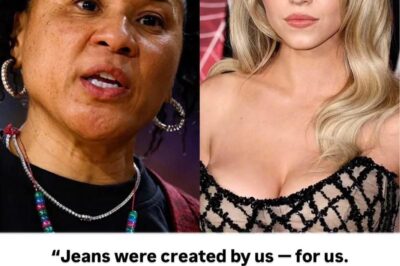
BREAKING: Dawn Staley Demands American Eagle Apologize Nationally for “Racist” Snub of Angel Reese in Sydney Sweeney Jeans Ad
JUST IN: “Jeans were created by us — for us. They’re woven into Black history,” Dawn Staley asserted, calling for…
-

“Like Sleeping With A Corpse” — After Matty Healy Mocked Taylor Swift’s Amateur Skills In Bed, P!nk’s Explosive Reaction Forced Him To Issue A Public Apology To Her
Matty Healy thought he could score points by sharing crude details about Taylor Swift’s private life, but he didn’t expect…
-

BREAKING: Pam Bondi Just Crushed Lia Thomas in Court — An Unprecedented Decision Now BARS Thomas From All Olympic Pathways, A Landmark Victory for Women’s Sports… and Bondi’s Final Words Left the Entire Courtroom Frozen.
OH MY GOD! Pam Bondi has won her legal battle against Lia Thomas, who will have no chance of qualifying…
-
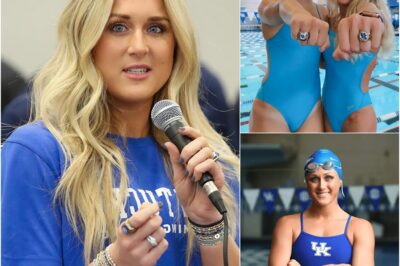
Riley Gaines has made history as the first to win Sports Illustrated’s Female Athlete of the Year for three years in a row! What’s even more impressive is that this year’s honor isn’t for her work in the pool, but for her work in saving women’s sports in general. “If not for Ms. Gaines,” said Sports Illustrated Editor in Chief Art Tubolls, “Women’s sports would be dominated by men. We’re taking that very seriously.” Congratulations on yet another impressive win, Riley!
Riley Gaines has made history as the first to win Sports Illustrated’s Female Athlete of the Year for three years…
-

J.K. Rowling has CRITICIZED swimmer Hannah Caldas after the transgender athlete was banned for FIVE YEARS and stripped of all her titles for refusing to undergo gender confirmation testing. J.K. Rowling’s 26 words were aimed at the man, leaving Caldas speechless.
JK Rowling has BLASTED female swimmer Hannah Caldas after after she was suspended from the sport for FIVE YEARS with…
-

“THIS IS AN INSULT TO BLACK CULTURE!” — British Comedian Lenny Henry FURIOUSLY Demands a Global Apology from American Eagle for Choosing Sydney Sweeney Over Cynthia Erivo, Even Claiming ‘Jeans Belong to Black Culture’… But His Final Words Sparked a Firestorm No One Expected.
In the ever-churning cauldron of social media outrage, where a single ad can ignite debates on race, culture, and commerce,…
-

“For You, Brother…” — Andy Robertson’s Heart-Shattering Tribute to Diogo Jota After Leading Scotland to the World Cup
Liverpool star Andy Robertson paid a special tribute to Diogo Jota after he became the first Scotland captain to lead…
-

SHOCKING VIDEO: CeeDee Lamb suffers horrific Tua-like “fencing” injury on field. This is terrifying.
CeeDee Lamb Suffered a Concerning Head Injury During Game, Displayed Fencing Posture Similar to Tua Tagovailoa — What Fans and…
